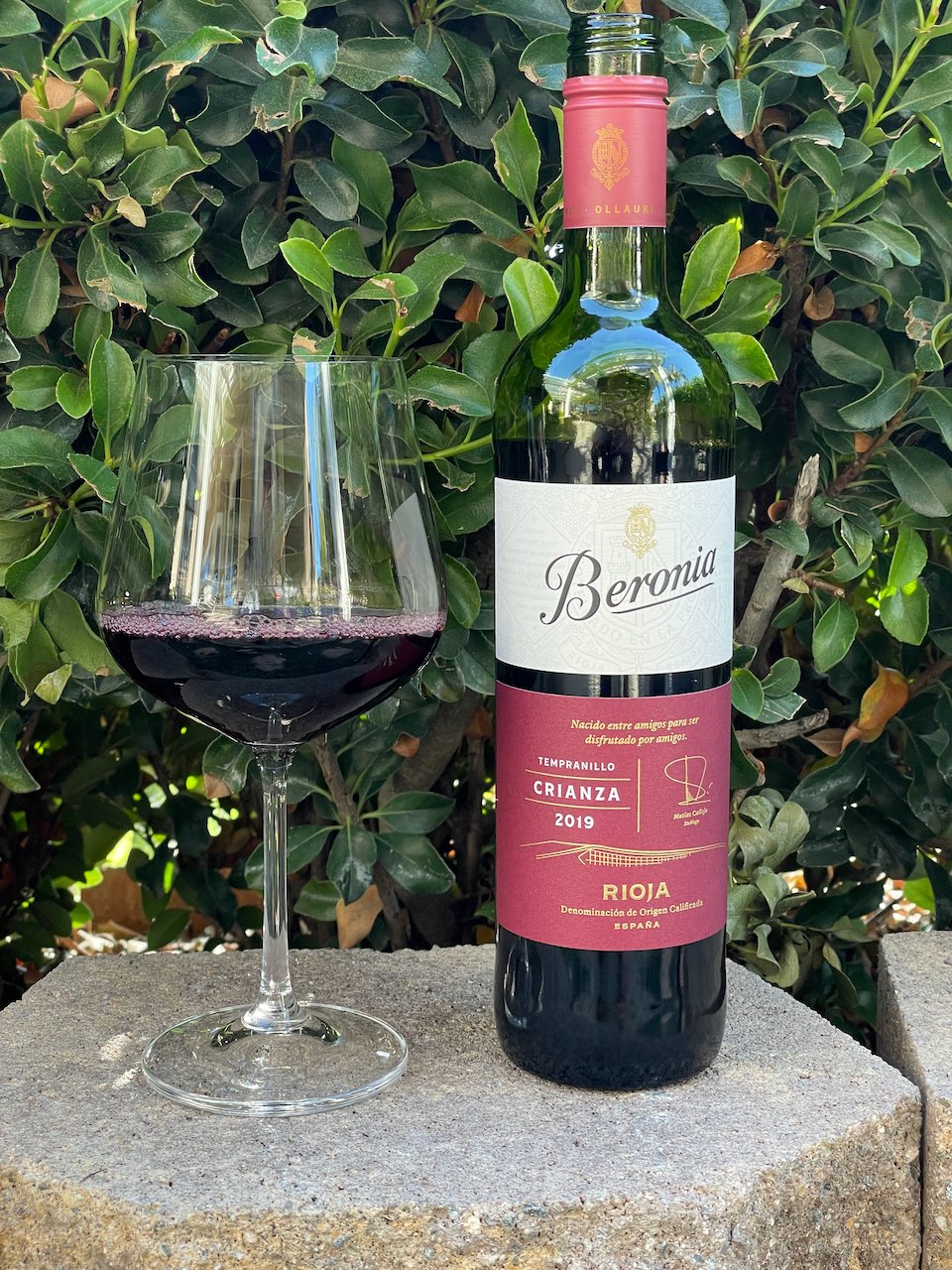Photo by Roberta Sorge on Unsplash
In years past in the U.S., red wine blends were sold by the jug as "Red Wine" or "Table Wine." These were inexpensive wines that were blends of grapes, vineyards or even vintages. So, blends are often discounted or disregarded as being of poorer quality.
But we only need to look to France, home of some of the world’s best wines, to see that blends are nothing to turn your nose up at. France's famous region of Bordeaux produces red blends almost exclusively. Depending on which bank the wine is from in Bordeaux, it will be a different blend. The Left Bank is known for its blends based on Cabernet Sauvignon while the Right Bank blends are Merlot based. These blends may also include Cabernet Franc, Petite Verdot and Malbec.
Other famous regions known for their blends include the Rhône Valley that uses Grenache, Syrah and Mouvedre and the so-called Super Tuscans from Italy that may include Merlot, Cabernet Sauvignon, Sangiovese, Syrah, Cabernet Franc and others.
The main reason that winemakers produce blends is to make the best wine possible. Blending different grape varieties is useful in accentuating a particular grape's virtues. The goal is to produce a wine that is actually better than the sum of its parts. And blending allows wines to be more well balanced and complex in their aromas, flavors, colors and textures. The blended grapes can add layers of flavor that will change through the process of taking the first sip, letting it sit on your tongue and then as you swallow.
In blending wine, amounts as small as 1% of a varietal can make a difference. It’s not unusual to find blends that contain only 1% or 2% of a given varietal. And, yes, just 1% can make a difference. You may not be able to detect that 1% directly, but the winemaker has added that amount to make an overall positive difference to the final product.
Some varietals commonly used in wine blending:
Barbera for its acidity which helps the mouthfeel and structure of the wine
Carignan for its aromatic notes and to produce greater robustness with its red and black fruit flavors and its peppery finish
Cabernet Franc for its floral notes as well as its red fruit and peppery flavors
Malbec for its soft tannin and floral aromas as well as its color and flavor intensity
Petit Verdot for its herbal notes, as well as it bold color, flavor and tannin
Viognier for its floral notes and added body in white blends and its aromatic complexity and soft tannin in red blends
So, don't turn up your nose at red wine blends or question that 1% of a given varietal. These can actually be some of the best wines in the world. Cheers!






